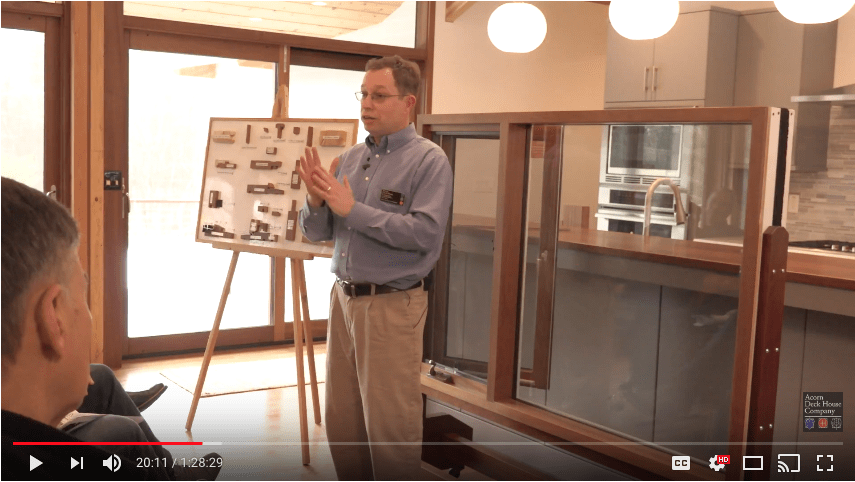Owner Tips
Parts & Service Seminar
In March, Deck House owners were invited to a seminar and Q&A session with Steve Kay, our Parts & Service manager. Throughout this seminar and Q&A, Steve and homeowners discuss windows, sliders, and doors. Watch the seminar video!
Learn MoreEnergy-Saving Ideas
Acorn Deck House Company homes are inherently energy-efficient to take advantage of passive solar heating and cooling. However, some simple replacements and updates to your older home can further improve energy-efficiency, and offer you great energy-saving benefits as well!
Learn More


